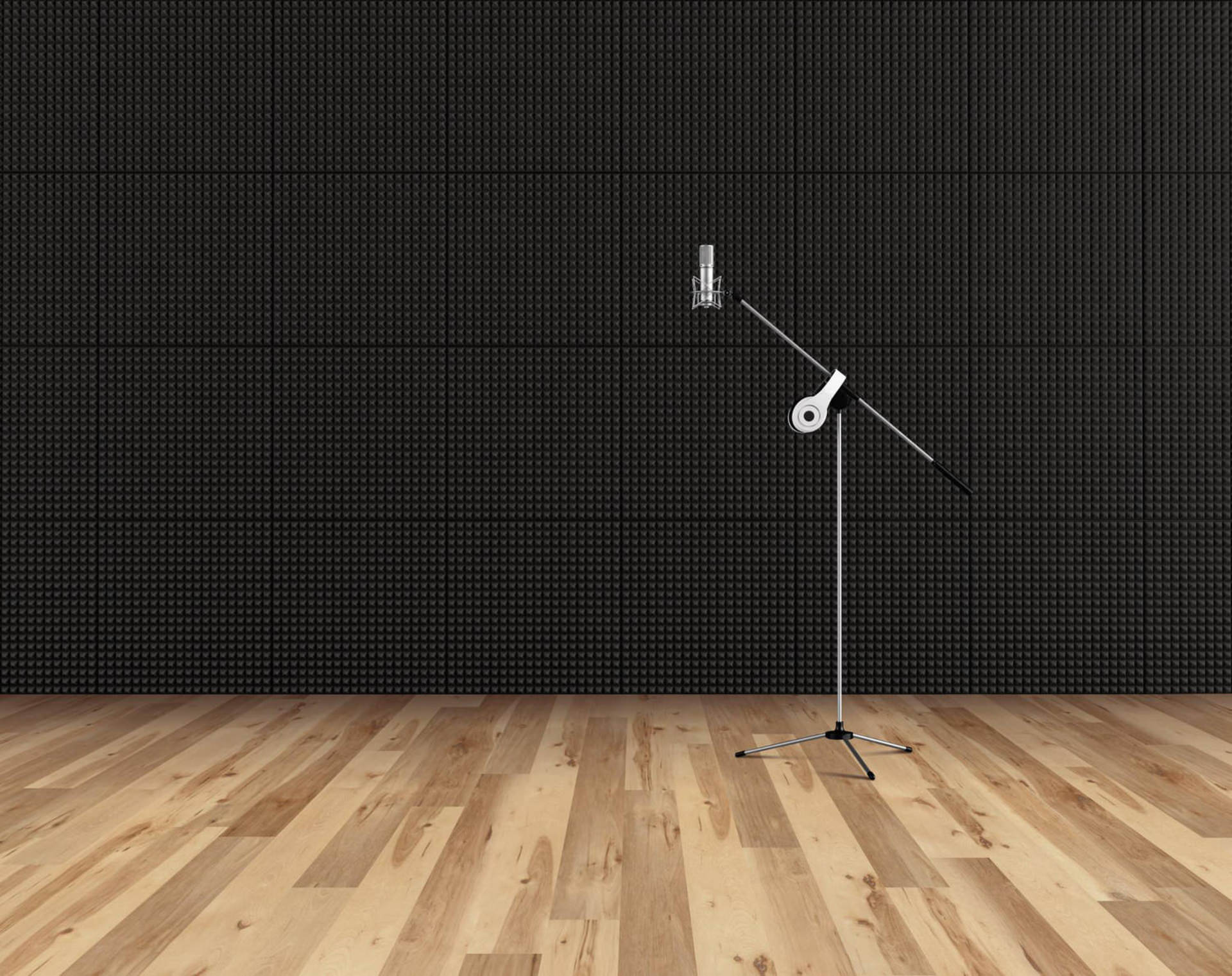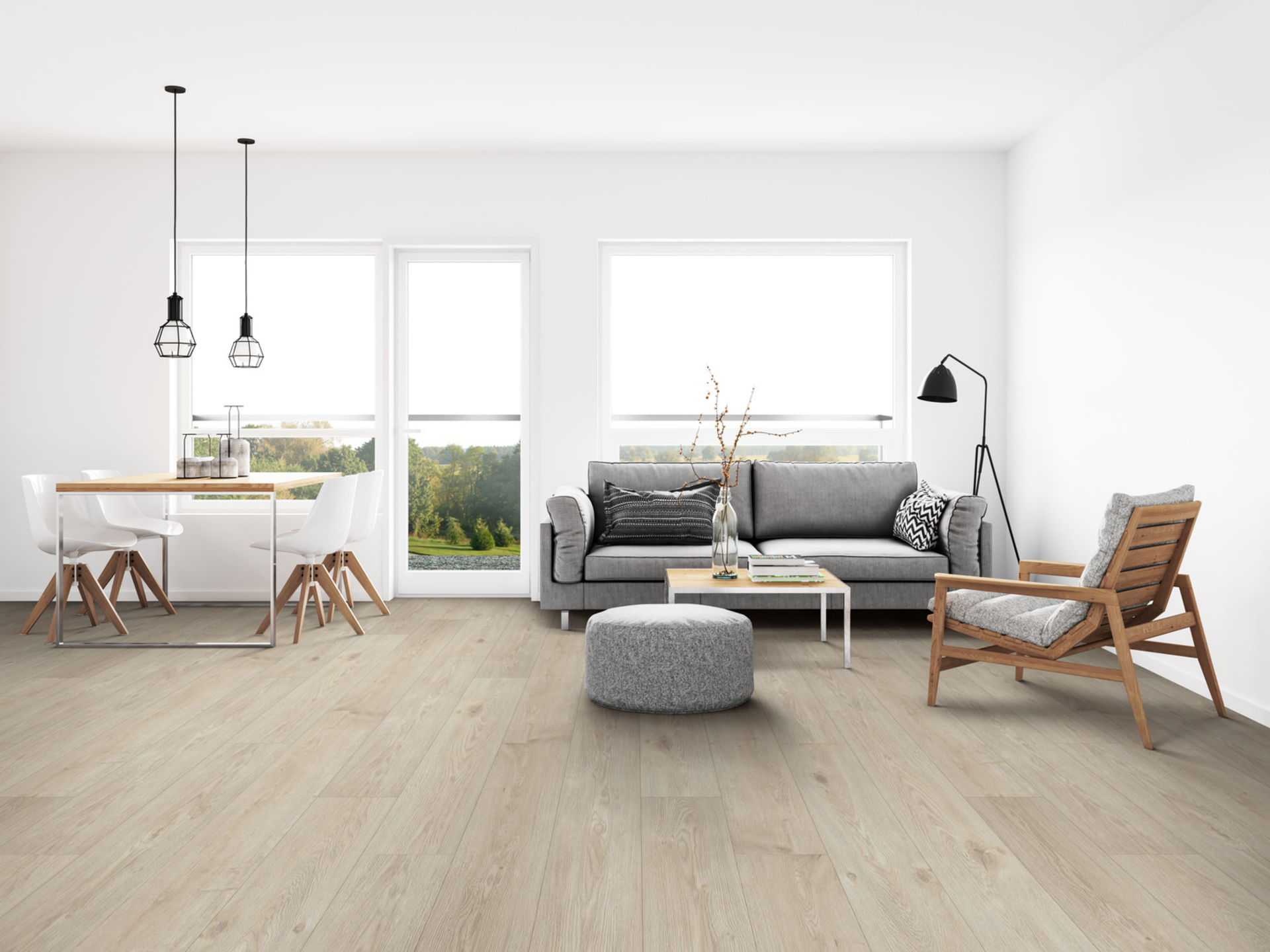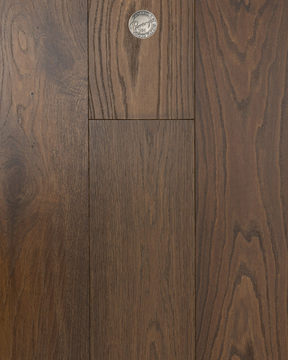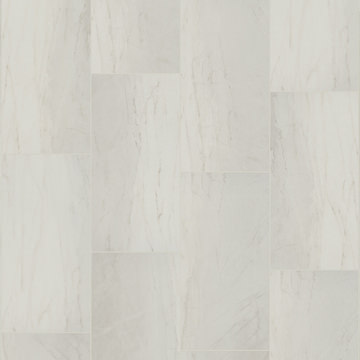Luxury Hardwood & Hardwood Alternatives
February 2025
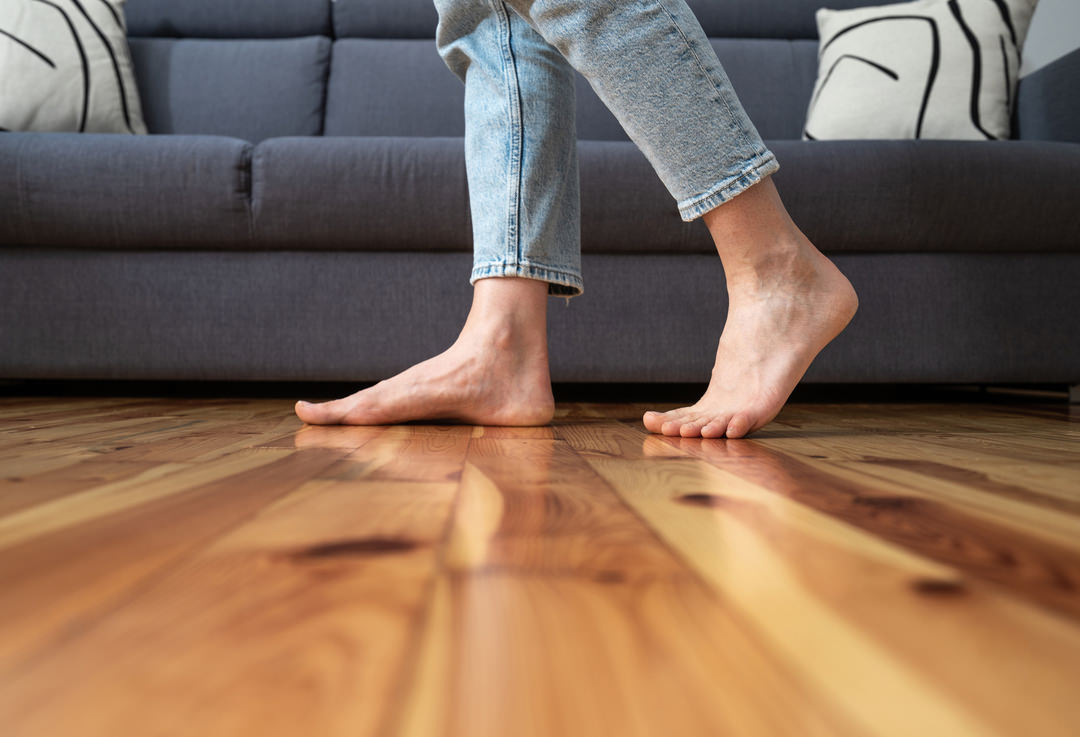
An upgrade to your flooring will transform your entire home, but which type of floor should you choose? Hardwood has long been the gold standard for flooring materials, offering timeless beauty, durability and warmth. However, with hardwood alternatives like luxury vinyl and laminate, you now have sophisticated, low-maintenance options that provide the same visual appeal and often yield advantages over natural wood. Gabberts flooring specialists have the expertise to help you evaluate today’s possibilities, whether you’re considering flooring for a new build, remodel or simply an update to your home.
Why Choose Hardwood Flooring?
The best hardwood floors are synonymous with luxury. Their natural grain and unique textures elevate any room, whether your style is modern or traditional. Each plank offers the individual character of a unique grain pattern, so no two hardwood floors are alike. Woods like oak, maple and walnut create a classic foundation, while exotic choices such as Brazilian cherry or teak bring a more distinctive flair.
Durability, Longevity and Value
Natural hardwood is renowned for its longevity. It may last a lifetime, and when it shows wear, it can be sanded and refinished to restore its original beauty. This durability makes it a preferred choice for high-traffic areas like living rooms and hallways, where elegance needs to meet resilience.
Hardwood floors are an investment that pays. Homes with hardwood typically have higher resale value and appeal to buyers looking for quality and sophistication.
Considering Engineered Hardwood
For a more versatile option with the look and feel of traditional hardwood, engineered hardwood is an ideal choice. It’s composed of a genuine wood veneer layered on plywood, giving it more stability and moisture resistance. Unlike solid hardwood, which can warp in damp areas, engineered wood performs beautifully in basements, kitchens and other moisture-prone spaces.
Hardwood Alternatives: Vinyl and Laminate
If you want the elegance of hardwood with added convenience and ease, take a look at luxury vinyl plank (LVP) and laminate. They offer wood-like appearance, and they come with some characteristics that hardwood can’t always match. They’re easy to install and maintain, and they provide exceptional performance in areas where real wood might be impractical. They’re a superb choice for vacation homes and rental properties that need to stand up to rugged use. At the same time, you’ll often find these best hardwood floor alternatives in the most meticulously designed homes.
Luxury Vinyl Plank (LVP)
Luxury vinyl plank (LVP) has become the popular choice for homeowners looking to combine beauty with practicality. Printing technology gets better every year, and today’s LVP mimics the appearance of real hardwood, down to intricate grain patterns and textures.
LVP is waterproof, making it perfect for kitchens, bathrooms and basements – anywhere moisture is an issue. It’s easy to install, often via click-and-lock, and it’s scratch-resistant and simple to maintain. LVP is soft and comfortable underfoot. Even where temperatures vary and humidity can be high, warping is never an issue.
Laminate
Laminate is another attractive choice that’s becoming increasingly proficient in replicating the appearance of natural hardwood. Like LVP, it’s easy to install, resists scratches and is undemanding to maintain. It’s not as waterproof as vinyl, but it does have sufficient water resistance for moderately moist rooms, including kitchens and basements, as long as water is not allowed to stand. Laminate is a fitting choice for active households with children and pets, as it combines the sophistication of natural wood with scratch protection and low maintenance.
Fashion Trends in Hard Flooring
Today’s flooring options cater to both classic and contemporary tastes. Whether you choose natural hardwood or a premium alternative, these are the trends you will see on today’s floors.
Wide Planks
Wide plank flooring continues to dominate in all hard flooring types. The old 2-3 inch standard for hardwood planks has gone by the wayside, and you’ll often see sections five inches or wider. In LVP, some planks have ballooned to the 8-9 inch range. Wide-plank floors give rooms a more expansive, airy feel. They increase the apparent size of smaller rooms and bring balance to open floor plans. The broader width also highlights the wood’s natural grain, adding visual interest and a sense of luxury.
Matte Finishes
Matte or low-sheen finishes are trending over the high-gloss look. Matte finishes offer a more organic, understated elegance that aligns with modern design sensibilities. They also do a better job of concealing wear and tear, making them practical for high-traffic areas.
Subtle Textures
Subtle textures like wire-brushed and hand-scraped finishes are gaining popularity. While textures remain an important part of floor design, homeowners are leaning toward a softer, more refined look. Currently trending textures offer a hint of rustic charm while keeping the overall appearance polished and contemporary.
Warm Neutrals and Earthy Tones
Gray remains a favored choice, but warmer neutrals like beige, cream and honey are surging in popularity. These tones create a welcoming, cozy atmosphere and pair well with multiple design styles. Darker earth tones like deep browns and charcoals are also favored by some designers and can add richness and sophistication to both modern and traditional homes.
Herringbone and Chevron Patterns
Homeowners looking for a unique twist are opting for patterned installations, particularly herringbone and chevron designs. These patterns add an air of distinction in entryways, hallways and dining rooms where visual interest is a priority.
Sustainability
Sustainability has become a key consideration in every aspect of interior design, and flooring is no exception. Many hardwood manufacturers offer eco-friendly options such as Forest Stewardship Council (FSC) certification ensuring the wood is responsibly sourced. Engineered hardwood can be even more sustainable, using fewer natural resources than solid hardwood.
Hardwood alternatives like LVP and laminate can also be environmentally friendly. Many are made using recycled materials and manufactured in eco-conscious facilities. These options reduce waste and help you make a sustainable choice without sacrificing quality, style or convenience.
Which Floor Is Right for My Home?
There is no one best answer. Our flooring experts urge you to consider some of these factors in making your selection:
Location. Hardwood may not be the best choice for moisture-prone areas like basements or bathrooms. LVP, with its superior water resistance, is more suitable for these spaces, and without sacrificing high-end appearance. On the other hand, natural wood brings unparalleled sophistication to a living or dining room where you entertain.
Lifestyle. For households with pets, children or a busy lifestyle, convenience and toughness are essential. Hardwood is unequaled in durability, but it requires more maintenance and can be prone to scratches. The alternatives are resistant to scratching, warping and stains, and they perform splendidly in active homes.
Maintenance. Hardwood is beautiful and can last a lifetime, but it needs regular upkeep such as refinishing to maintain its appearance. For many homeowners, the effort is worth it. The alternatives are close to maintenance-free and can handle spills, moisture and daily wear with minimal effort.
Above all, you’ll want something with a look you can fall in love with. Gabberts flooring experts keep abreast of the latest trends and developments in flooring. Let us help you sort through the choices and find the one that’s perfect for you. You may be surprised at the combination of elegance and practicality that’s available in the options you have today.
